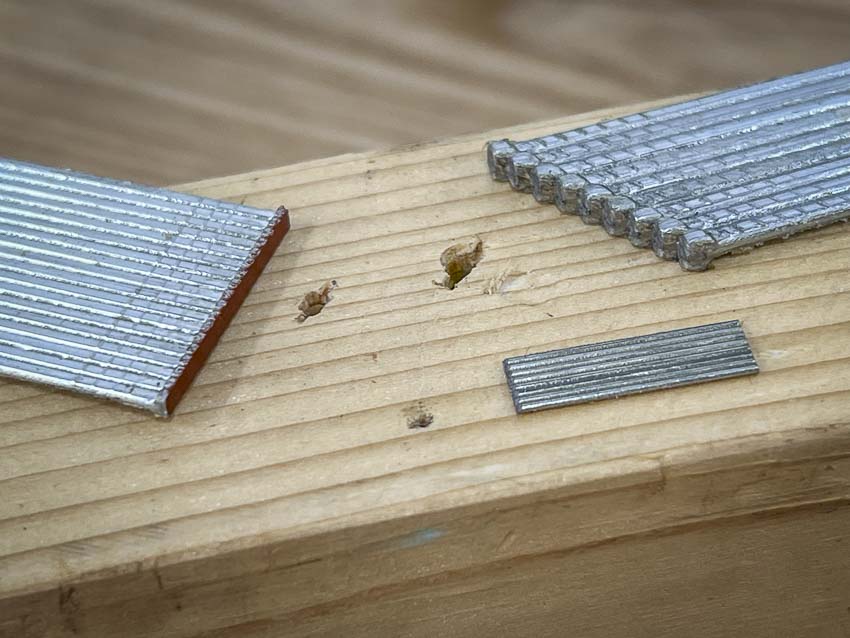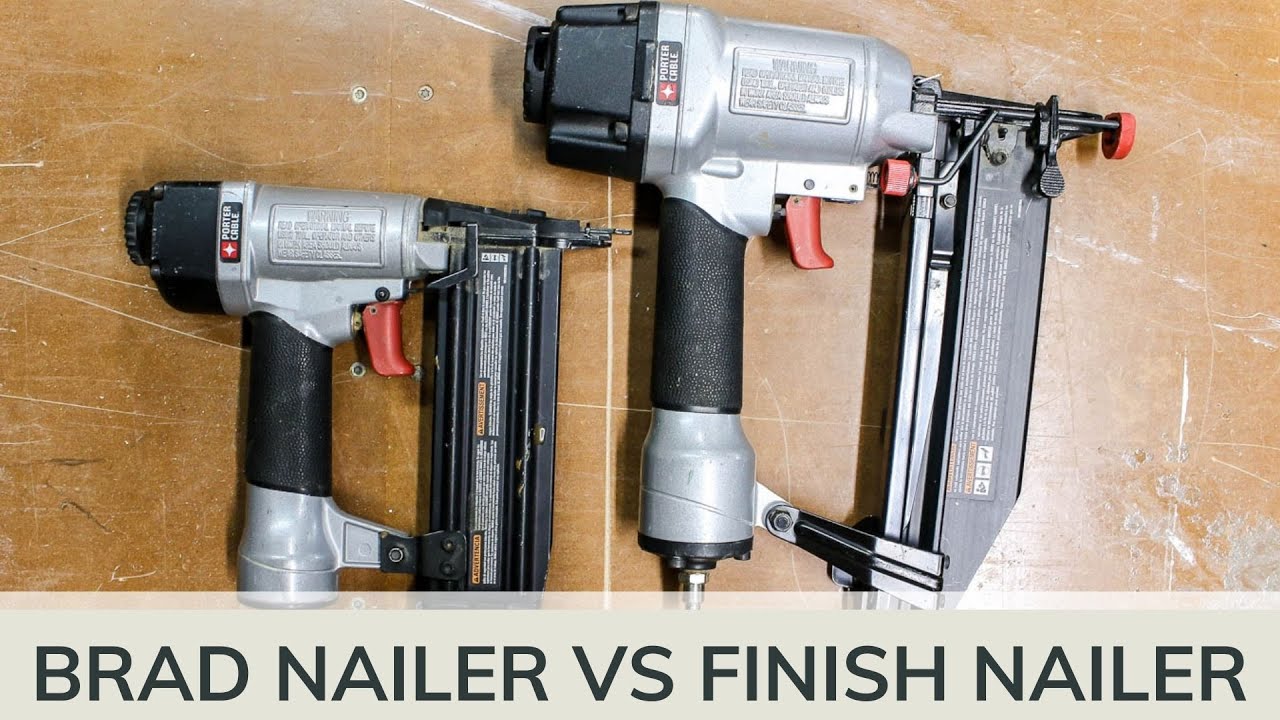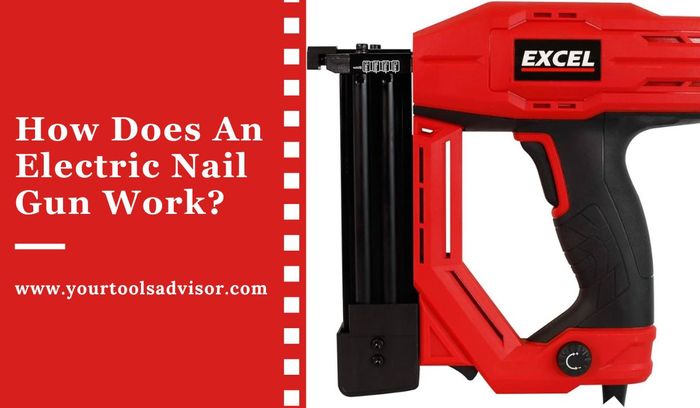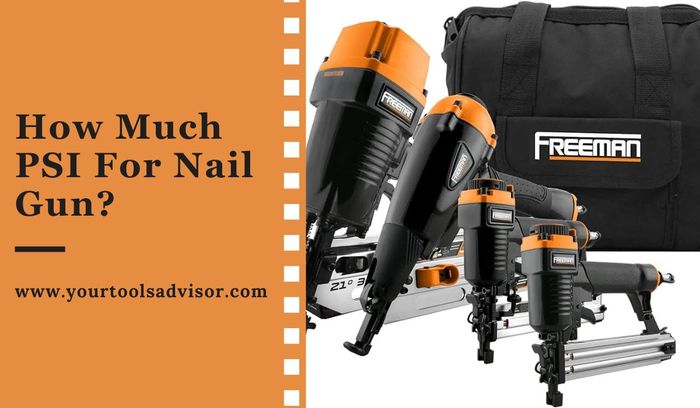A finish nailer is used for heavier projects and can handle larger nails, while a brad nailer is used for lighter projects with smaller nails. Finish and brad nailers are two of the most commonly used tools in the woodworking and carpentry industries.
They both serve different purposes and are designed for specific types of projects. Understanding the differences between these two nailers is crucial to ensure that you choose the right tool for your needs. We will explore the similarities and differences between finish nailers and brad nailers, and discuss the types of projects each is best suited for.
So whether you’re a professional contractor or a DIY enthusiast, read on to find out which nailer is the right choice for your next project.
Understanding The Purpose And Functionality Of Each Tool
Understanding the purpose and functionality of each tool:
A finish nailer is a powerful tool primarily used for attaching heavy trims, baseboards, crown moldings, and other large pieces of wood. It is designed to drive larger-sized nails, typically ranging from 15 to 16 gauge, to provide strong and secure connections. Due to their strength, finish nailers are suitable for both interior and exterior carpentry projects.
A brad nailer, on the other hand, is a smaller and more lightweight tool that excels at precision nail placement. With a smaller gauge size, typically between 18 and 23, brad nailers are commonly used for attaching delicate trims, thin veneers, and other applications where a strong connection may not be required. Brad nailers are ideal for projects that demand a professional and aesthetically pleasing finish.
Differentiating between the two nailers based on size and gauge:
| Tool | Size | Gauge |
|---|---|---|
| Finish Nailer | Larger | 15-16 |
| Brad Nailer | Smaller | 18-23 |
Pros And Cons Of Using A Finish Nailer
A finish nailer is a powerful tool that is commonly used in construction and woodworking projects. It offers several advantages over other types of nailers. One of the main benefits of using a finish nailer is the increased holding power it provides for larger projects. The nails used by a finish nailer are thicker and longer, which allows them to securely hold together heavy-duty materials.
Another advantage of using a finish nailer is that it is suitable for heavy-duty applications. It can easily drive nails into hard materials like hardwood and plywood, making it a great choice for projects that require a strong and durable connection.
However, there are also some limitations to using a finish nailer. One potential drawback is the potential for damage to delicate materials. The strong driving force of a finish nailer can sometimes cause damage to thin or fragile surfaces, so it is important to use caution when working with delicate materials.
Additionally, a finish nailer has limited nail length options compared to other types of nailers. This can be a disadvantage if you need to drive nails into very thick materials or if you prefer longer nails for certain projects.
Pros And Cons Of Using A Brad Nailer
A brad nailer is a useful tool for various woodworking projects. It offers several advantages that make it a popular choice for delicate trim and molding. One of the main benefits of using a brad nailer is that it leaves minimal visible holes. This is especially important when working with delicate materials, as larger holes can be more noticeable and require extra effort to conceal. Furthermore, brad nailers are lightweight and easy to maneuver, making them suitable for intricate tasks. However, there are some limitations to using a brad nailer. It may not be ideal for heavy-duty projects that require higher holding power. Additionally, brad nails have shorter lengths and smaller gauges compared to finish nails, which limits their use in certain applications. Despite these limitations, a brad nailer remains a valuable tool for a variety of woodworking projects.
Comparing The Nail Size And Gauge
When choosing between a finish nailer and a brad nailer, it’s important to understand the different nail sizes and gauges typically used with each.
| Nail Size | Gauge |
|---|---|
| 15-gauge nail | 1.8mm |
| 16-gauge nail | 1.6mm |
| 18-gauge nail | 1.2mm |
| Nail Size | Gauge |
|---|---|
| 18-gauge brad nail | 1.2mm |
| 23-gauge pin nail | 0.6mm |
Understanding the gauge differences between the two nailers:
The gauge refers to the thickness of the nail, with a lower gauge indicating a thicker nail. Finish nailers are typically used for heavier woodworking projects where extra strength is required, while brad nailers are ideal for delicate trim work and smaller, lightweight materials.
Choosing The Right Nailer For The Job
When choosing between a finish nailer and a brad nailer, there are several factors to consider. Firstly, the project requirements and materials play a crucial role. If you are working on a project that requires more holding power and durability, a finish nailer might be the better choice. Some projects, however, may call for a more delicate touch where a brad nailer comes in handy.
Additionally, you must consider the nail length and gauge required for the job. Finish nailers typically accommodate longer and thicker nails, making them suitable for heavy-duty projects. On the other hand, brad nailers are designed for precision work and are compatible with shorter and thinner nails.
Ultimately, the decision comes down to the specific needs of your project. Assess the materials, the desired holding power, and the nail length and gauge required to make an informed choice between a finish nailer and a brad nailer.

Credit: www.protoolreviews.com
Tips For Using Finish Nailers And Brad Nailers Effectively
When using finish nailers and brad nailers, it is important to follow safety precautions to prevent any accidents or injuries. Always wear protective eyewear to shield your eyes from flying debris, and use ear protection to reduce noise exposure. Additionally, make sure to disconnect the nailer from the power source when not in use and keep it out of reach of children.
Proper technique and handling of these nailers is crucial for a successful project. Hold the nailer at a 90-degree angle to the surface you are nailing and apply firm and consistent pressure to ensure proper penetration. It is also important to start each nail in the proper location to avoid splitting the wood.
Maintenance and care tips are essential to keep your nailers in good condition. Regularly clean the nailer to remove any debris and lubricate the moving parts with nailer lubricant. Check the nails for damage or bending before using them, and replace any damaged nails immediately.
Frequently Asked Questions Of Finish Nailer Vs Brad Nailer
What Is Better A Brad Nailer Or Finish Nailer?
A brad nailer is better for smaller and more delicate woodworking projects, while a finish nailer is ideal for larger, heavier tasks. Both have their advantages depending on the project at hand.
Can A Brad Nailer Be Used As A Finish Nailer?
Yes, a brad nailer can be used as a finish nailer. Although they have slight differences, both tools can effectively secure finish materials. However, it’s important to note that a finish nailer may provide better results for larger or heavier trim pieces.
Should I Use A Brad Nailer Or Finish Nailer For Baseboards?
Use a finish nailer for baseboards. It provides better hold and durability than a brad nailer. Finish nailers have larger gauge nails that can withstand heavier baseboards. They offer a more secure installation and reduce the risk of damage over time.
What Is The Difference Between A Brad Nail And A Finishing Nail?
Brad nails are thinner and have a smaller head, mainly used for delicate woodworking projects. Finishing nails are larger and thicker, used for securing trim and molding.
Conclusion
To sum it up, both the finish nailer and the brad nailer have their own unique advantages and purposes. The finish nailer provides a stronger and more secure hold, making it ideal for heavy-duty projects like crown molding and baseboards.
On the other hand, the brad nailer is perfect for delicate and intricate work, such as attaching trim and securing thin pieces of wood. Ultimately, the choice between the two depends on the specific task at hand. So, whether you’re a professional carpenter or a DIY enthusiast, understanding the differences between these nailers will help you make the right choice for your project.





Leave a Reply